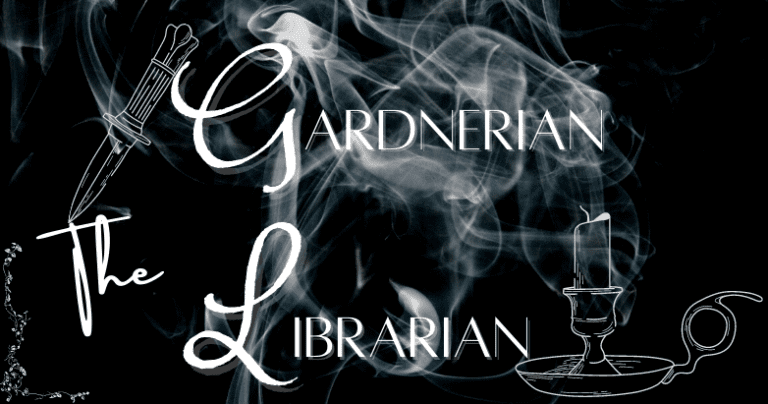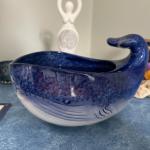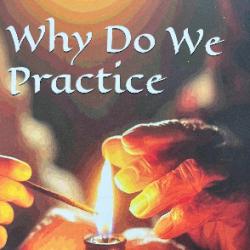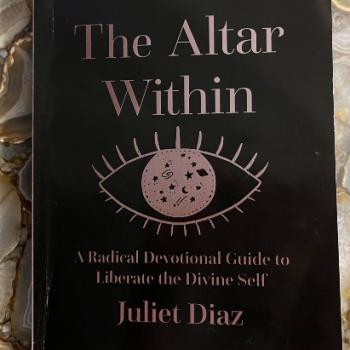This post is dedicated to Seamus from West Hollywood. You’re welcome, WeHo.
Shadow Work. Big. Bold. Beautiful. Until it’s not. But it’s a shiny phrase in today’s magical community. Why are so many of us obsessed with “Shadow Work”? What is it? What does it look like in practice? That answer varies from practitioner to practitioner. My own simple definition is that Shadow Work entails intentional, mindful attention and commitment to working through some serious shit. What kind of serious shit, you might ask? The kind of serious shit that keeps you up at night. You know, childhood traumas, anxiety, emotional triggers, fractured relationships, that time you answered “you too” to a server telling you to enjoy your meal…
Curious about Shadow Work? Well, my first recommendation is to read about the history of the “Shadow Self”, which was a term coined by Carl Jung. One such book about its history is called Meeting the Shadow: the Hidden Power of the Dark Side of Human Nature. Briefly, Jung’s interpretation of the Shadow Self is that it’s all the attributes we reject and/or repress about ourselves. That there are “good” parts of us and “evil”, or “negative”, parts of ourselves. Modern pop-psychology has taken a different twist on the Shadow and dropped the crap about all the “evil.” Today, the “Shadow” is made up of aspects of ourselves that have been damaged or repressed but can be/should be healed – that we should seek reunification with our Shadow Selves.

Book Recommendations
I was asked for book recommendations that would address Shadow Work. Listed below are books that I’ve personally used in the spirit of Shadow Work. This is by no means an end-all, be-all list of books. And not all of these titles are geared toward magical practitioners, so keep your mind open.
- Honoring Your Ancestors: a Guide to Ancestral Veneration by Mallorie Vaudoise.
Llewellyn Publications, 2019.
I’m firmly of the belief that people inherit generational trauma. I’m also of the belief that if we don’t address the asshattery of our ancestors then we are setting ourselves up for passing on their bullshit with our own. Confronting the very real pain that your ancestors experienced and inflicted upon others is deeply challenging. But this isn’t a call for you to swing open the doors to being besties with a violent ancestor. I’m challenging you to confront generational trauma in a controlled and healthy way through ancestor communication and work.
This book is geared toward the magical practitioner. It’s short and to the point, with plenty of exercises and rituals to guide you along your path to connecting with your ancestors – known or unknown. - Anatomy of a Witch: a Map to the Magical Body by Laura Tempest Zakroff.
Llewellyn Publications, 2021.
Our bodies hold memories of our physical and emotional experiences. Sometimes these memories show up as visible scars and other times they show up as visceral reactions. Understanding how and why our bodies and brains engage with the world – even the magical world – is an important step to engaging better with Shadow Work. Shadow Work isn’t just for the mind but for the physical body as well.
I literally just got this book about a week ago but I am loving it. Tempest takes us through exercises, rituals, and journaling exercises designed to better connect with our bodies. Be prepared to experience your body as it is meant to be experienced: as a sacred vessel and vehicle for powerful, magical experiences.
- Daughter Detox: Recovering From an Unloving Mother and Reclaiming Your Life by Peg Streep.
Ile D’Espoir Press, 2017.
Okay, hear me out. This book isn’t just for daughters or people identifying as female. Removing the gendered language from this book still makes it applicable to the person in pain. If you can get beyond the title and gendered verbiage then it’s an excellent resource for working through toxic parental relationships. This book is great as a standalone or in conjunction with the workbooks that can be bought separately by the same author. - The Living Temple of Witchcraft, Volume One: The Descent of the Goddess by Christopher Penczak.
Llewellyn Publications, 2008.
I’ve had this book in my little home library for years. This particular volume comes from Penczak’s Temple of Witchcraft series, as its fifth book. Of course, I recommend reading the preceding volumes to get the entire experience, but this book is still useful on its own. The book’s exercises and information parallel the descent myth of the goddess Inanna. In tandem with this myth, Penczak weaves in working with the seven chakras over the course of the book. The focus is placed on healing oneself and “evolving from survival to a state of divinity” (The Living Temple of Witchcraft, Penczak, book jacket). - Avalon Within: Inner Sovereignty and Personal Transformation through the Avalonian Mysteries by Jhenah Telyndru.
Ninth Wave Press, 2004.
Avalon Within: A Sacred Journey of Myth, Mystery, and Inner Wisdom by Jhenah Telyndru.
Llewellyn Publications, 2010.
This book is a personal favorite of mine for many reasons. I’m a fan of Arthurian legend, for one, and this healing tradition focuses on certain key goddesses & figures from Arthurian lore. In tandem with working with these goddesses during certain times of the year and moon phases, one is called to work through the aspects of ourselves that are holding us back from our true sovereignty. This book calls this the Cycle of Healing. Attaining sovereignty and authenticity requires that we work through our trauma, negative behaviors and patterns, and creating healthy boundaries.
Some individuals may be put off by this book’s goddess-centered teachings and practices. There’s still much to be gleaned from this work, however, and it has a personal endorsement from yours truly. - The Body Keeps the Score: Brain, Mind, and Body in the Healing of Trauma by Bessel van der Kolk.
Penguin Books, 2014.
I’ve not personally read this book but it keeps getting recommended to me by friends, one of which is a UU reverend who’s trained in trauma counseling. From what I know about this book, it makes the connection that trauma isn’t always felt physically. Trauma’s initial experience may be physical (or emotional) but it impacts us in other, sometimes less visible, ways over time. - Forbidden Mysteries of Faery Witchcraft by Storm Faerywolf.
Llewellyn Publications, 2018.
I love this book. I’ve read through it twice and have done quite a few of the exercises myself. This book is geared toward the experienced practitioner who has plenty of experience interacting with spirits. Storm’s excellent guidance through the exercises and deeply reflective thoughts on human and divine nature will take you through potentially transformative experiences, if you allow it. Storm assists the reader in confronting those aspects of ourselves that are usually hidden, sometimes feared, and often ignored. If this isn’t how we should approach shadow work then perhaps we’re doing it incorrectly.
I hope the above suggestions will help get you started. I think it’s worth noting that engaging with Shadow Work isn’t necessarily about squashing parts of ourselves that we see as “negative” or “bad.” It’s about confronting those parts of ourselves that we are less familiar with or fearful of. I also caution people against obsessing about doing Shadow Work and not giving yourselves breaks between periods of engagement. Be kind to yourself, witch.
Follow me on Instagram @thegardnerianlibrarian

















